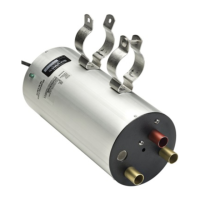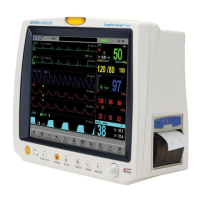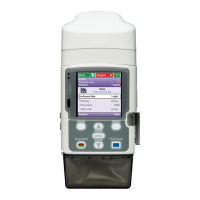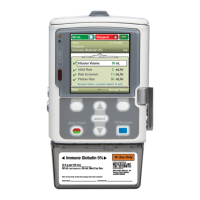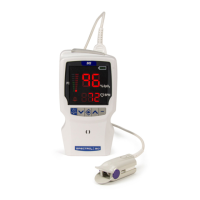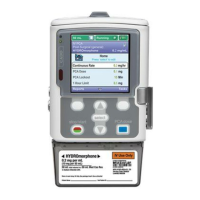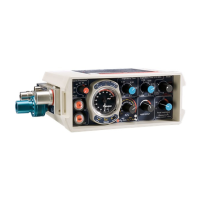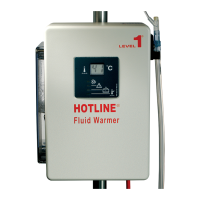Why is 'Check SpO2 Sensor' displayed on my Smiths Medical SurgiVet V3404 Plus?
- BBetty MyersAug 13, 2025
The 'Check SpO2 Sensor' message appears on your Smiths Medical Medical Equipment for several reasons: the sensor might not be correctly connected to the monitor or the patient; the sensor could be improperly positioned; the wrong sensor is being used; or the sensor or patient cable may be defective. To resolve this, ensure the sensor is properly connected to both the patient cable and the monitor. Reposition the sensor on the patient. Verify that you are using the correct sensor for the application. If problems persist, try changing the sensor or contact Smiths Medical Veterinary Division service department.


